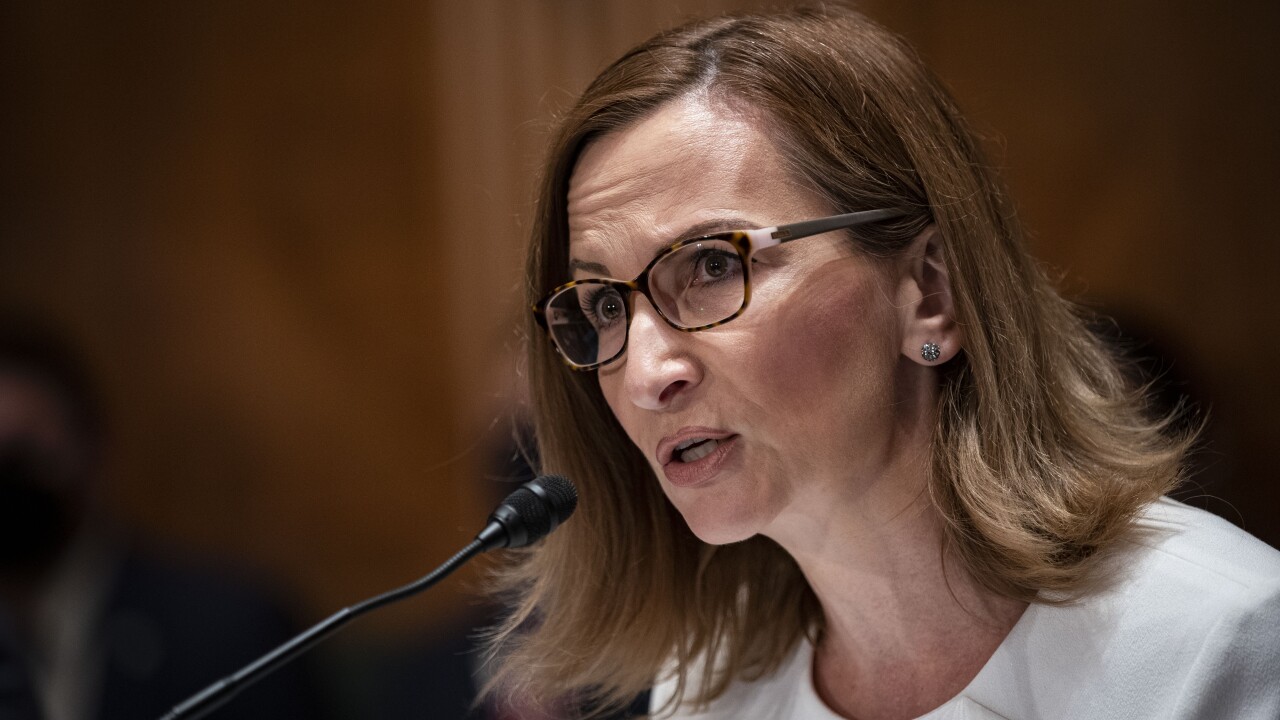Before the telecommunications and payments industries are able to popularize contactless payments supported by Near Field Communication chips in mobile phones, phone owners will need a lot more contactless terminals at which to pay.
New York-based JupiterResearch estimates there are 35,000 merchant locations in the U.S. accepting contactless card or token payments today, nowhere near the 6.5 million U.S. locations that take magnetic stripe cards.
And even the number of contactless cards in circulation, while growing, is not expected to reach critical mass any time soon. A recent JupiterResearch study estimated that nearly 19 million contactless cards and tokens were in circulation by the end of 2006. They will proliferate to 37 million by 2008 and 188 million by 2010, JupiterResearch predicts based on the results of a survey of more than 3,000 consumers. That suggests contactless functionality would be supported by only 10% of U.S. payment cards and tokens by 2010.
While the report predicts that purchase volume on contactless devices could increase from $500 million this year to $79 billion in 2010, it says consumers' security concerns and inadequate marketing have slowed the contactless market's growth so far. "In contactless, we've gone from pilots to readers scattered in metropolitan areas in a few years," says Ed Kountz, the report's lead analyst.
And the number of phones embedded with NFC chips in the U.S. is negligible, as pilots are just starting to proliferate here.
Meanwhile, the vast majority of mobile handsets already support short message service (SMS) text messaging, notes Pam Zuercher, vice president of product innovation at Visa USA. So Visa considers non-NFC phone-payment, rewards and loyalty systems worth exploring for near-term deployments and options such as NFC for later rollouts. "We see a parallel path and are developing solutions for both," Zuercher says.
Visa is conducting a pilot focused on delivering rewards and coupons to some 500 employees at its San Francisco headquarters using text- and Web-based phone messaging.
The freebies and discounts are good only at cafes on Visa's corporate campus, and the pilot needs no special phones or agreements with mobile networks. Visa launched the pilot in November, with stated plans to expand it to public trials some time in the next year.
Visa is testing three methods to deliver goodies through its Visa Incentive Network: text messages delivered at points of sale; graphics, such as a picture of a free cup of coffee, delivered with messages to Web-enabled mobile phones; and delivery to phones of bar-code images that can be read at points of sale with existing bar-code scanners.
Zuercher envisions such a system allowing merchants and issuers to deliver similar incentives to cardholders without the need for partnerships with mobile-phone networks or handset manufacturers. "With Visa being the center of this offer, the merchant has the ability to reach not just a single issuer but across a number of Visa issuer portfolios," she says.
JupiterResearch's Kountz believes NFC eventually will replace text-based mobile-phone payment and loyalty systems, such as those of MobileLime, PayPal Mobile and a new entrant from Boulder, Colo., called Feed Tribes.
But text could fill the void, particularly among younger consumers, while the telco and payments industries hammer out NFC payment and loyalty partnerships and until NFC-enabled mobile phones reach critical mass, Kountz says. "Text-based mobile payment is not going to get rid of cash, and it's not going to get rid of [plastic] cards," he says. "I see it as filling a niche."
(c) 2007 Cards&Payments and SourceMedia, Inc. All Rights Reserved.
http://www.cardforum.com http://www.sourcemedia.com
-
The payments fintech recently introduced AI agents to its lineup of products banks and credit unions can pick from and add to their existing technology stacks.
November 14 -
Haiqu's new encoding technique allows quantum computers to process high-dimensional financial data, showing improved performance in spotting anomalies.
November 14 -
The Virginia-based bank had been an example of what can go wrong when banks partner with fintechs. After being released from an OCC enforcement action, Blue Ridge is now focused on operating as a traditional community bank, said CEO Billy Beale.
November 14 -
The payments company is expanding the transfer app in an effort to entice more consumers to use the service as their primary banking relationship
November 14 -
Customers of fintechs like Yotta and Juno, who in some cases lost their life savings, may start to get reimbursed out of the agency's Civil Penalty Fund, but no timeline has been announced for repaying them.
November 14 -
MetroCity Bankshares in Doraville, Georgia, plans to finalize its acquisition of First IC Corp; Rockefeller Capital Management's Brian D. Riley will join BNY Wealth as global head; Blackstone appoints former Morgan Stanley rainmaker Franck Petitgas to a top role in Europe; and more in this week's banking news roundup.
November 14





